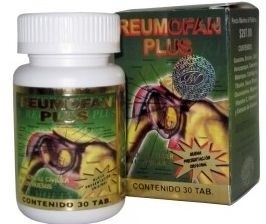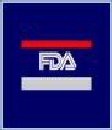Be on your guard for ‘bath salt’ stimulants in supplements, warns expert

Several US states have banned the bath salts (street names include Lunar Wave and Vanilla Sky), which are laced with a class of compounds called substituted cathinones that behave like methamphetamine or cocaine.
But the compounds - which have been linked to reports of increased heart rate, elevated blood pressure, anxiety, hallucinations, paranoia and chest pains – could now be heading for the dietary supplement trade, warned James Neal-Kababick, director of Oregon-based Flora Research Laboratories.
“I see tremendous potential for adulteration, as they are potent at low doses and hard to find unless you know what you are looking for," he told NutraIngredients-USA.
He said: "I identified a novel substituted cathinone that was being analyzed as an ingredient for possible incorporation into a dietary supplement. Substituted cathinone refers to the whole class of compounds but what I found in the sample I was testing is a single compound with an isomer as an impurity."
A real concern
He added: "I am still doing my final confirmation - I know it is a substituted cathinone but need to do final testing to confirm that it is the newly identified one I think it is - against a reference standard to make sure I have made the correct ID since so many of them look similiar.
"The material was just a sample of powder that was sent for analysis so it was not yet incorporated into a supplement that was on the shelf to the best of my knowledge. These compounds are part of a larger family called Beta-phenethyl amines and I have heard that some of these have been found recently in samples on the consumer market."
“This is a real concern.”
Testing for substituted cathinones
The compounds are detectable by GCMS and LCMS methods and if they are raw materials at high purity, they can be detected using FTIR, said Neal-Kababick.
"However, sample preparation is critical to detection and once detected as peaks, the spectral interpretation is another whole layer. As a cutting edge emerging threat, most of these compounds are not in the NIST mass spec library yet so even a library search will often yield false positives for cocaine based compounds and amphetamine type compounds.
"Thus, it requires interpretive skills to make a call on the compound. I utilized a combination of GCMS, LCMS and FTIR to identify and determine the structure of the substituted cathinone that I am working on now. It all matches the literature for the two papers published recently naming it but now that a standard became available, I am confirming it."
Potent at low doses and hard to find
Like PDE-5 inhibitors and synthetic cannabinoids, substituted cathinones are "easily modified to create new compounds with different molecular weights and spectra so using a set screen is always risky when testing for any of these compound families", he said.
"This is why we utilize data dependent scanning LCMS methods, multiple detectors and multiple instrumental approaches when researching certain suspect products."
He added: "About three years ago, we had a sample that was massively contaminated with a PDE-5 inhibitor to the point where I could visually see the drug crystals under a microscope. However, that product was tested by a laboratory in Europe and a laboratory in the US who both certified that the product was free from PDE-5 inhibitors.
"In examining both laboratories raw data, I could see the compound but they disregarded it thinking it was a phytochemical.
"The danger with the substituted cathinones and synthetic cannabinoids is that they are very potent at low doses and thus could be very hard to find in a complex botanical cocktail without some technical savvy in Phytoforensic Science."









